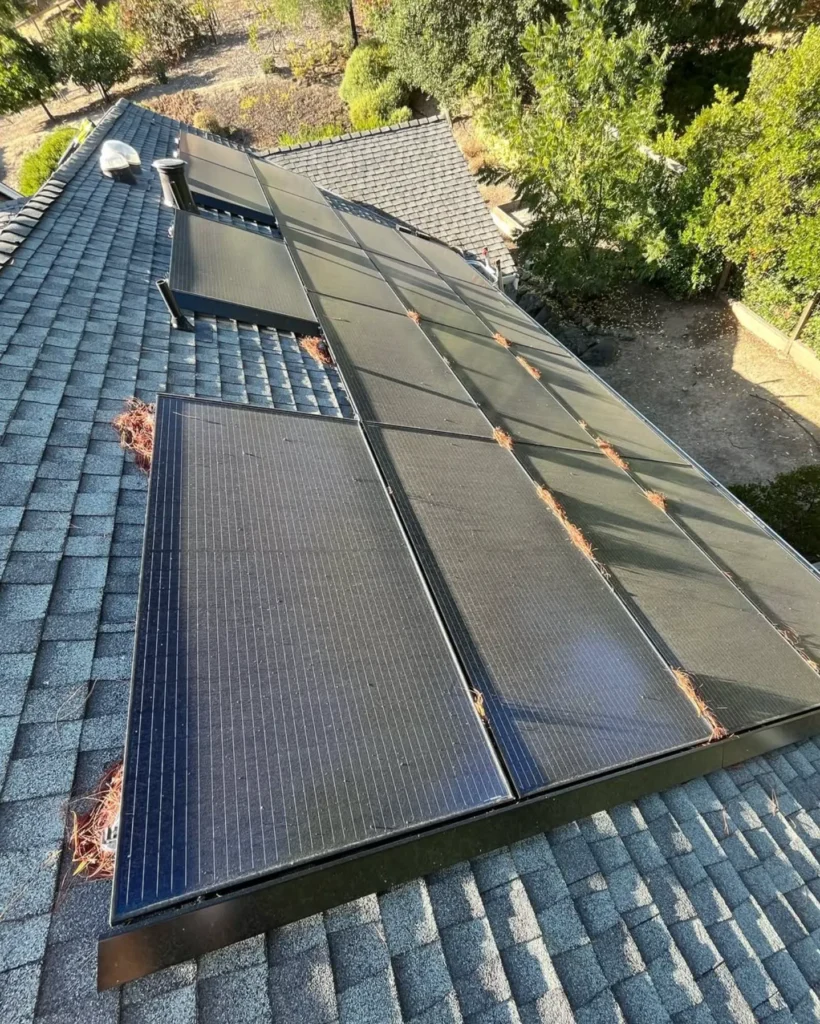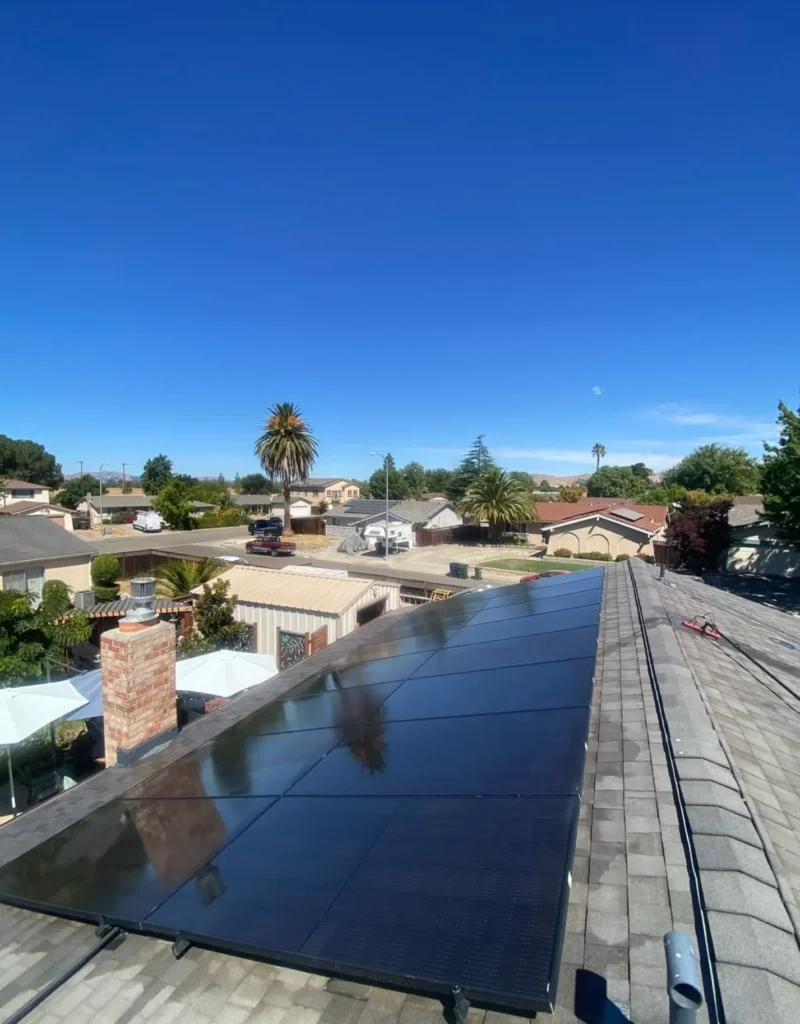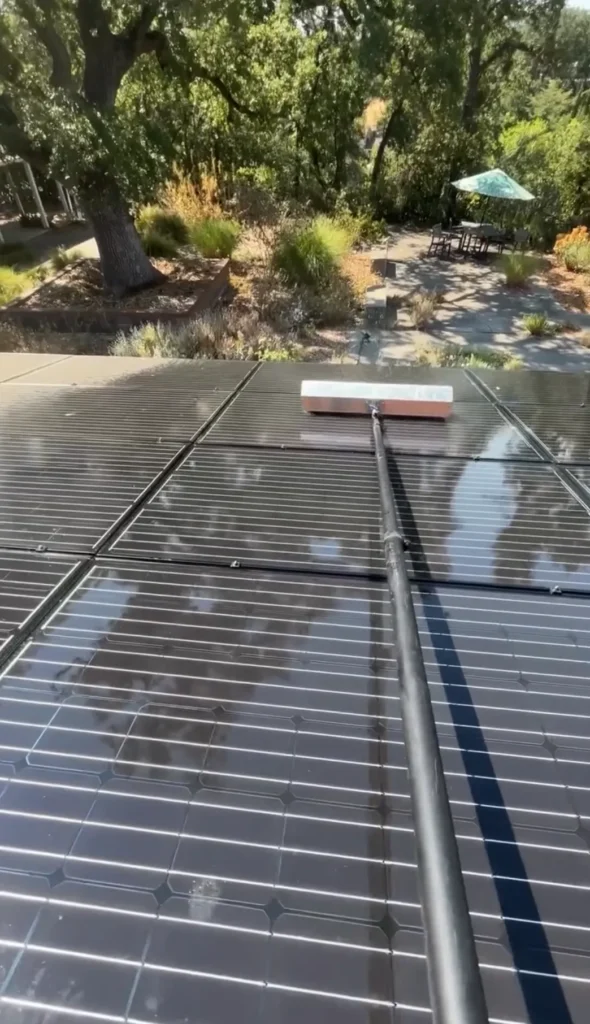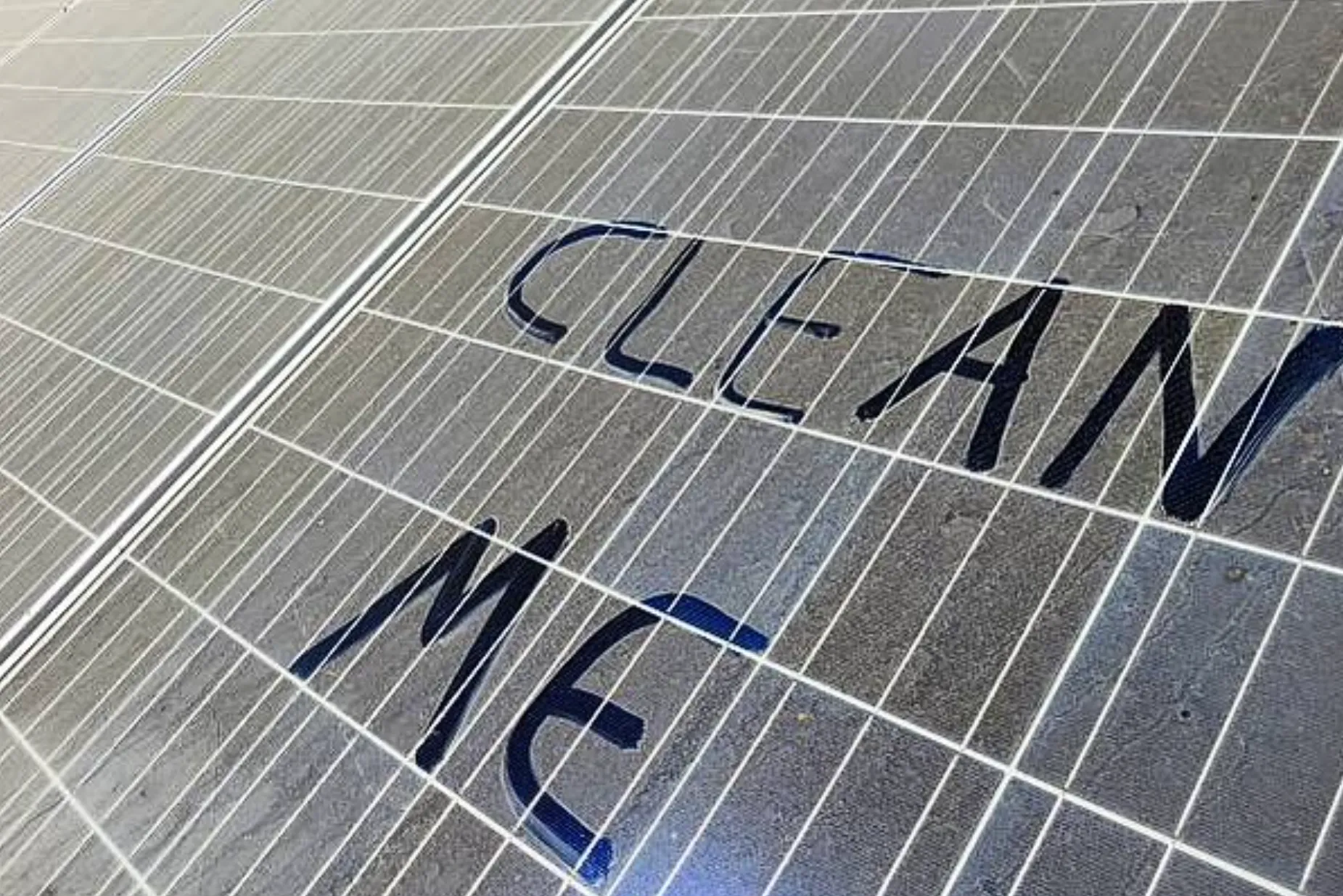Solar can save you money on your energy bills and the planet. But to keep your solar panels clean and running at maximum efficiency regular maintenance is key. Solar panel efficiency is affected by climate and weather conditions which means how often and how hard you need to clean them. Knowing these variables and adjusting your solar panel cleaning service schedule accordingly will mean your panels will always produce maximum energy.
Solar Panels and Climate

Solar panel efficiency can drop when dirt, dust or debris accumulates on the surface. But the type of contaminants and how often they build up varies by climate. Regions with extreme weather conditions – hot and dry or cold and snowy – require a different approach to solar panel maintenance. Regular cleaning can make a big difference in energy production especially in climates that get dust storms, heavy rainfall or prolonged snow cover.
Hot and Dry Climates Solar panels in hot, dry climates like deserts or regions with minimal rainfall collect dust, sand and dirt. This layer of dust can build up quickly and reduce energy output and overall solar panel performance. In these environments, frequent cleaning is essential. Due to the hot temperatures, cleaning should be done early in the morning or late in the evening when the panels have cooled down.
Key Points:
- Frequent Cleaning: Regular cleaning removes loose dirt, dust and debris that prevents panels from absorbing sunlight. Use a garden hose with clean water or soft brushes for manual cleaning.
- No High Pressure: High pressure washers can damage solar panels, causing cracks and long term issues. Stick to low pressure water.
- Safety: Hot panels should be handled with care to avoid injury and to prevent water spots from forming due to rapid evaporation.
- Humid and Rainy Climates In areas with heavy rainfall or high humidity, solar panels get a natural wash from the rain. But that doesn’t mean you can skip regular maintenance. Dirt and organic debris like leaves, bird poop and pollen can accumulate over time. These contaminants block sunlight and trap moisture that can cause long-term damage or mould growth.
Key Points:- Rainwater Washing: Rain can act as a natural cleaner and wash away some of the dirt. But you should still check your panels periodically for mineral deposits left by rainwater and clean them with clean water to avoid buildup.
- Non–Abrasive Tools: Use a non-abrasive sponge or soft brushes to wipe away stubborn spots like bird poop. Abrasive scrubbers or harsh chemicals can damage the surface of the panels.
- Manual Cleaning After Rain: While gentle rain is good, it’s often best to manually clean panels to remove water spots and make sure no soap residue is left.
- Cold and Snowy Climates Solar panel cleaning is critical in areas with heavy snowfall. Snowy panels block sunlight and reduce energy production. Ice and snow buildup can cause physical damage if not addressed properly. Although snow can reflect sunlight and increase solar energy when panels are clean, letting heavy snow accumulate for a long time can be bad for performance.
Maintenance Matters

Regardless of the climate, solar panels need regular cleaning to maintain efficiency and extend their life. Frequent cleaning prevents dirt buildup, soap residue and other debris from blocking sunlight and reducing energy output. In some climates, solar panel degradation can happen faster if panels aren’t cleaned regularly.
- Clean Panels = More Power
Cleaning solar panels maximizes their energy output by making sure no dirt or debris blocks sunlight. Clean and maintained panels can produce a lot more power than dirty ones. - Warranties and Professional Cleaning Services
Many solar panel installation companies and manufacturers recommend professional cleaning services to prevent damage that could void warranty claims. Professional solar panel cleaners use specialized techniques and equipment to clean panels safely, especially on flat roofs or large commercial systems. - DIY Cleaning Tips
If you decide to clean the panels yourself, always follow safety precautions. Use a garden hose, soft-bristled brushes and mild soap to clean the panels. Use safety gear like a harness if cleaning on a high roof. Don’t use high pressure washers or abrasive scrubbers as they can damage the panels and reduce energy output over time.
Essential Tools and Techniques

- Soft Brushes: Soft-bristled brushes to gently scrub away dirt and debris without scratching the panels.
- Mild Soapy Water: Soapy water with mild soap is often enough to clean panels, especially in humid climates where organic debris is common.
- Non-Abrasive Sponges: Non-abrasive sponges remove dirt and residue without damaging the panels.
- Safety Gear: Always use safety gear, especially when cleaning panels on rooftops. Harness, gloves and protective clothing should be part of your cleaning routine.
FAQ
How often should I clean my solar panels?
Frequency depends on your location. If you live in a dry dusty area you may need to clean every few months, if you live in an area that gets a lot of rain you may only need to clean once or twice a year.
Can I use a pressure washer to clean my solar panels?
No, pressure washers can damage your solar panels by cracking or dislodging seals. Use a garden hose with clean water and a soft brush instead.
What’s the best time of day to clean solar panels?
Clean your solar panels in the early morning or late evening when they are cool. Cleaning hot panels can cause water spots or damage due to rapid evaporation.
Is professional solar panel cleaning worth it?
Yes, professional solar panel cleaners have the tools and expertise to clean panels without causing damage. Professional cleaning is recommended for large solar arrays or commercial installations.
What tools do I need for DIY solar panel cleaning?
Soft brushes, garden hose, clean water and mild soap. No abrasive scrubbers or high pressure water.
